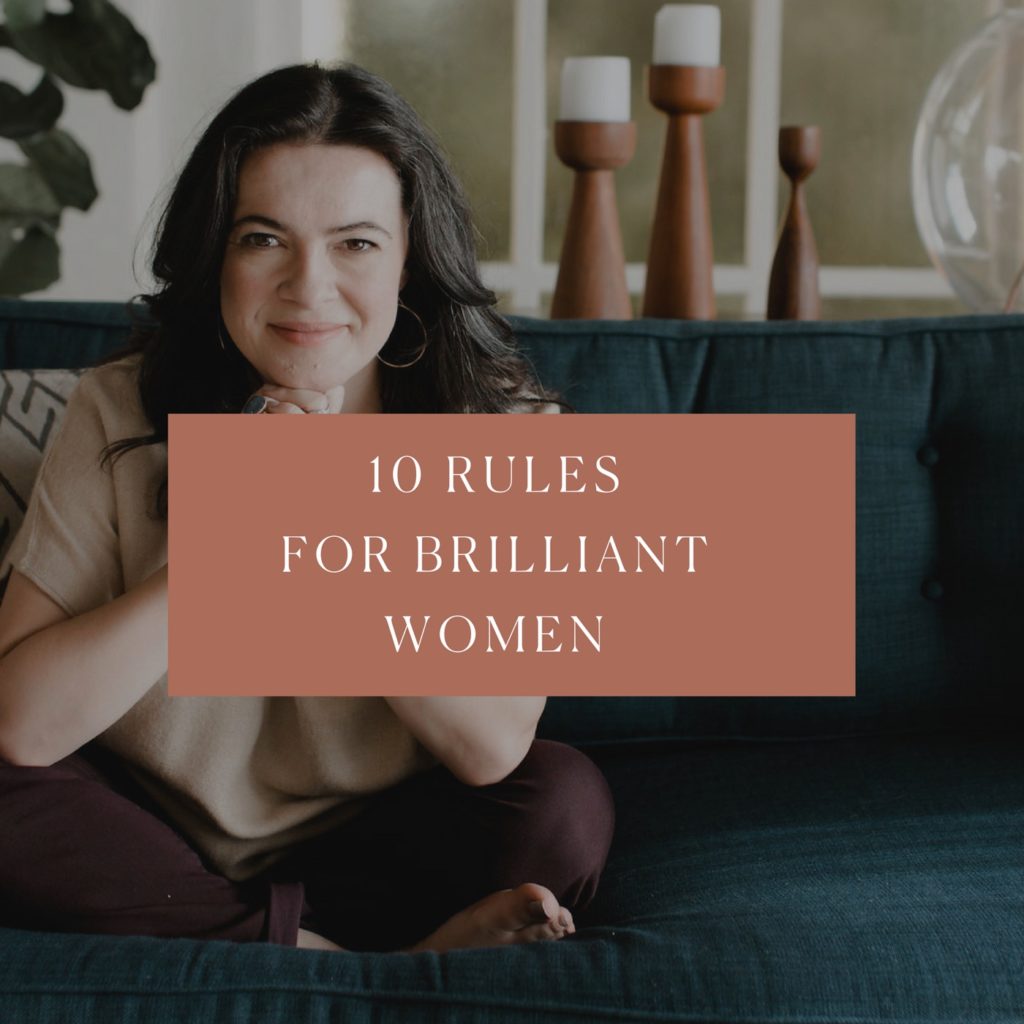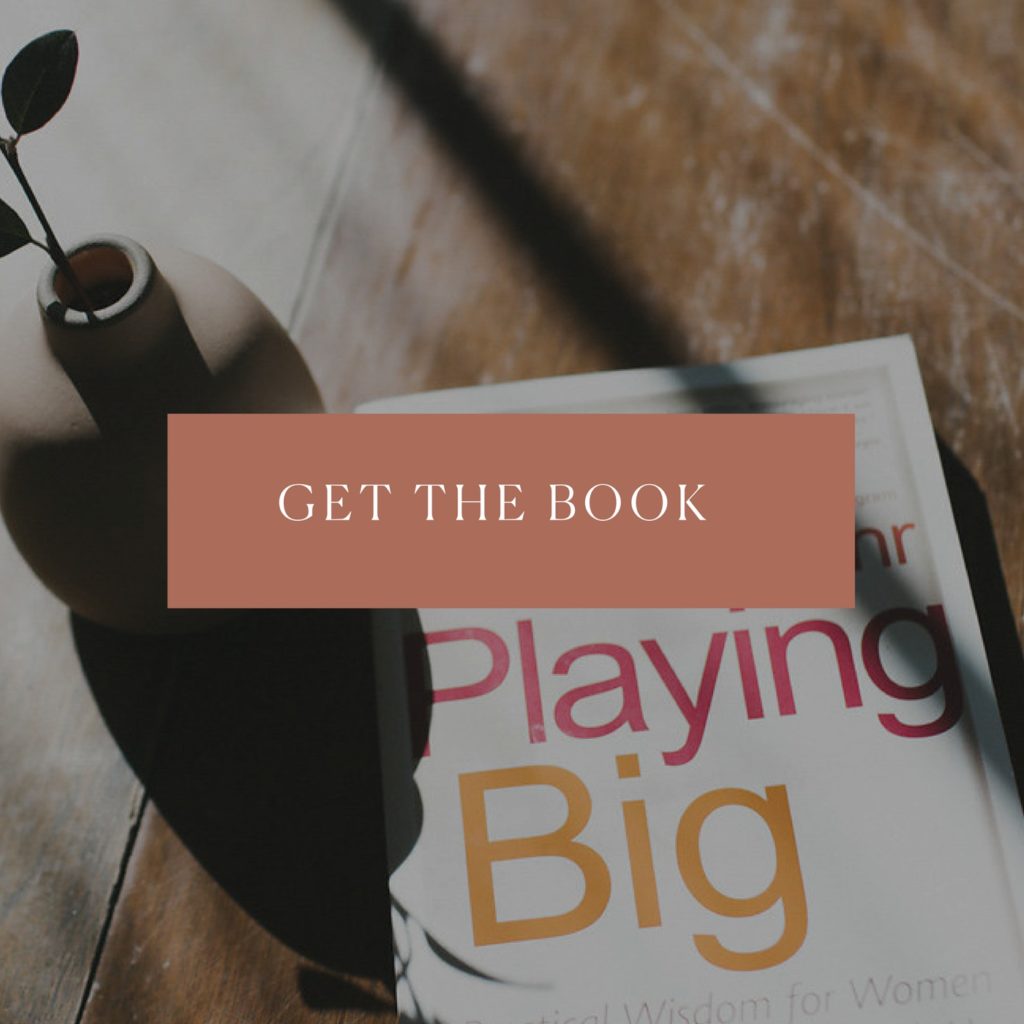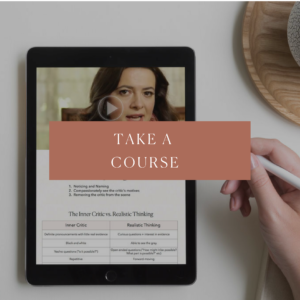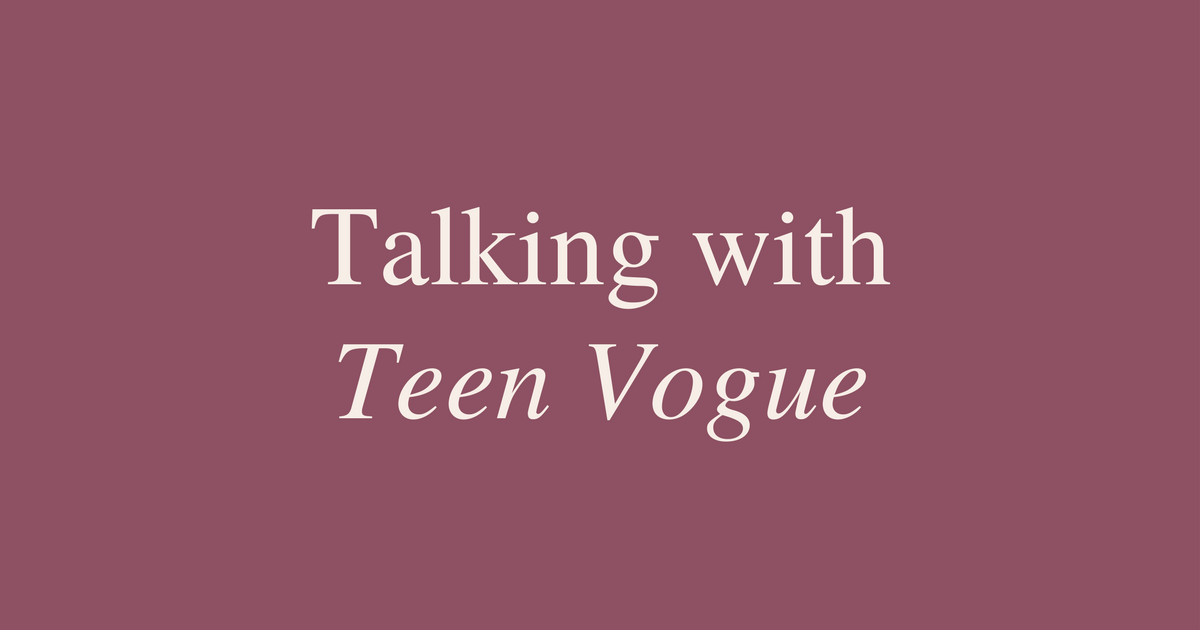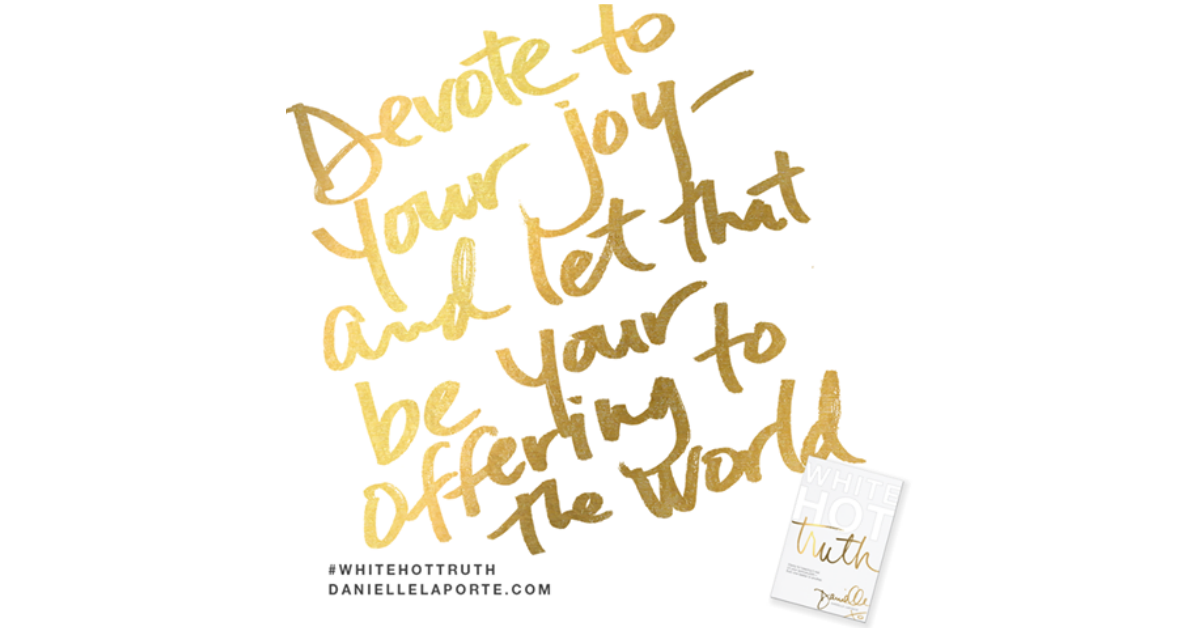Today I went to a workshop on meditation and the self at Spirit Rock Center.

It was taught by Rick Mendius, a neurologist, and Rick Hanson, a psychologist and meditation teacher. The workshop explored how the latest findings of brain research relate to Buddhist ideas about meditation, mind and the self. You can learn more and access a wealth of fantastic materials at www.wisebrain.org
My favorite line of the day was “The mind uses the brain to make the mind.”
A powerful summation of the relationship between mind and brain, and cause and effect as they take place there.
In this context, I define mind as our full consciousness, including consciousness of thought and sensation. I define the brain as the physical circuitry that makes thinking and sensation possible.
When we engage in meditation, self-reflection, therapy, coaching, journaling, or any other such practice, we are engaging mind to work with the mind. My personal sense has been that in that work there is also a presence of something larger, perhaps a divine consciousness. This presence holds the memory and knowledge of how much more human life can be. This presence persistently longs for change, for more, and is the spark and driver that gets me to the work.
It is in this work of mind looking at mind that we can get beyond habitual responses and mental narratives that don’t lead us to the results we want in life – peace, contentment, harmony with others. When we see clearly the patterns and dances of mind, we get access to a small escape hatch – escape from repeating the past. We can see new alternatives and experience what it would be like to live in the absence of a limiting thought or belief. Illusions crumble into dust in this light. We become prepared to let go of old ideas in this light.
What we now know from brain research is that when we do this, we create new neural pathways and decrease the strength of old ones. This is mind changing the brain, reshaping the brain. Those new neural pathways create, in turn, a new mind – a mind that is more likely to make different choices. If we have done our work to consciously create pathways that lead us in the direction of the results we want, we will get more of those results.
What I know for sure is this: the whole ballgame is finding and doing the practices that enable you to see over the edge of the wall created by your perceptions.
Contemplative practice, therapy, coaching, writing, physical movement, reading new perspectives, experiencing art, being with nature are all amazing vehicles for this work. The work of Bryon Katie, the workbook of A Course in Miracles, meditation, co-active coaching, spiritual literature, working the 12 steps, and unpacking a situation with a good friend are all tools that work well for me and those I work with. What tools resonate for you at this stage on your journey?
Without this work, the life in life is absent. We aren’t actually encountering life in the present, we are just running a projection of the past. The set and actors in the movie may change slightly, but the basic plot and the journey of your character will remains pretty much the same.
Whatever gets you peering over the edge of your perceptual walls, take that up as your practice. The work that happens through it is your life path. Following that path of evolution is your charge for this lifetime. Along with giving love and touching the divine, the rewards that come from this work are the richest rewards you can reap on this earth.


